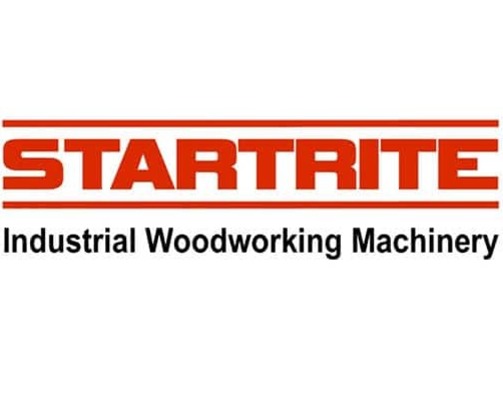Common bandsaw faults and how to fix them
Bandsaw machines are complicated pieces of machinery and often need fixing or servicing. To save you time and help you identify what might be wrong with your machine, we've collated the most common bandsaw issues into this handy guide.
My bandsaw machine won't start
This is a common problem, but one that can often be easily resolved.
Check the red stop switch (E-stop) – this must be pulled out.
Check guard switches and blade tension switches (if fitted).
Check wires have not been pulled from the machine or plug and socket.
Have you checked the phases are right way around (please ensure the electrics are isolated before doing so)
My bandsaw machine won't cut straight
If your machine isn't cutting straight it's important to make sure the problem isn't due to a blade issue or a problem with the materials.
It's important to check the following:
What is the condition of the bandsaw blade? If it's damaged in any way, this could be the issue.
Is the blade tensioned correctly? It's vital that you tension the blade to get the right resistance.
Is the blade the correct type and tooth pitch for the material you are cutting? If it isn't, then the blade and material will likely be damaged quickly.
If in doubt change the bandsaw blades or call our helpline 0800 521 292
Blade cutting speed
The speed of the blade (or rotational speed of the band wheels) is critical! Make sure you have the right speed by checking the machine handbook or phone our helpline 0800 521 292.
As a general guide cutting speeds are:
70 to 80m per minute for mild steel
30-40m per minute for stainless steel
90-120m per minute for aluminium
1500m per minute for wood.
Coolant
If you need to use coolant make sure it is of a high qiuality and that it is changed when needed as it can be affected by bacteria. The coolant we would recommend is a semi-synthetic E.P soluble fluid which is suitable for most applications and can be purchased in our online shop.
Most manufacturers sell coolant with a dilution strength of 5-10% but we always recommend 10% or even as high as 15% for cutting high alloys / stainless steel.
Some machines are fitted with an air supplied micro-lubed system using special oils while some are vegetable based.
Vertical bandsaws are usually cut with no coolant, so in this case we recommend using a blade speed that is around 20% slower to reduce heat. We also recommend passing material through at a slower rate.
Hydraulic oils and pump
It's best to refer to your manufacturer's handbook, but generally iso 32 or iso 46 is used. These oils will need changing if they are not clear or very dark. If the pump is noisy, it will probably mean it is worn out and needs changing.
Blade guides
Blade guides are essential for good straight cuts. Some machines use hard carbide inserts, although low-cost budget machines use bearings only. The best machines use a combination of bearing and carbide inserts, some of which are self-adjusting, or spring loaded to some degree. All guides are subject to wear and tear and need replacing periodically. Many guides can be adjusted along with the guide blocks which house them.
Blade tension
Many machines have a tension system to maintain the tension at a correct level. However, lower cost machines rely on guesswork. To overcome this, it is possible to purchase a tension gauge to measure how much the blade extends whilst fitting a new blade.
Generally, the small machines may require 15,000 – 20,000 PSI and larger performance machines can require over 30000 PSI.
Blade tracking on band wheels
Vertical bandsaw machines have been adjusted to run the blade on the part of the band wheels to suit the width of the blade fitted. This ensures it is running through the guides correctly.
Horizontal bandsaws often have adjustment (usually to the free running wheel) so the blade can run in the correct position while avoiding scrubbing of the flanges on the wheels.
If a bandsaw blade is coming off the wheels, the cause could be slack band wheel bearings. You can check if there is movement of the band wheel with the blade removed.
If the blade is coming off the wheels when cutting the material it is because the blade is jamming in the cut, which will cause it to peel off the band wheel. Slowing down the feed rate and using better tooth pitch selection will help improve performance.
Getting the support you need
Our team can service and repair your bandsaw machine in your location. We've also launched a virtual bandsaw repair service to help you maintain and repair your machines yourself. This virtual service support takes the form of online video tutorials. Designed to be as easy to follow as possible, our videos will help you to diagnose issues with your saw and put the problem right. If you need help or support with your machine, or if you’d like to find out more about our virtual support services and the products we offer, explore our site or get in touch with a member of our team.
Tagged as: Bandsaw Servicing
Share this post:

























